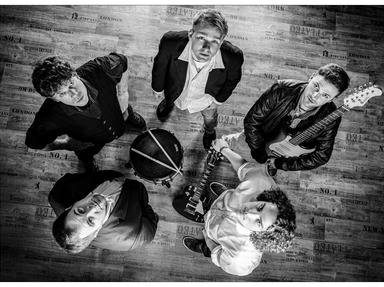Quiz Answer Key and Fun Facts
1. This British-born musician left The Hollies to join forces with two American musicians
2. He left the Yardbirds to found Cream, one of the first rock supergroups
3. This flamboyant keyboardist left The Nice to form a progressive rock trio named after its members' last names
4. He left Faces and found another gig as a guitarist with The Rolling Stones
5. This talented vocalist/keyboardist left Chicken Shack in 1969 to join Fleetwood Mac
6. After the breakup of Free, this soulful-voiced singer went on to form Bad Company
7. This singer and guitarist joined the Eagles after leaving the James Gang to go solo
8. One of the earliest members of Santana, this vocalist/keyboardist left the band to become one of the founders of Journey
9. He left Van Halen in 1985 to embark on a solo career, but rejoined in 2007
10. This influential guitarist left Deep Purple to form a band named Rainbow
Source: Author
LadyNym
This quiz was reviewed by FunTrivia editor
agony before going online.
Any errors found in FunTrivia content are routinely corrected through our feedback system.
